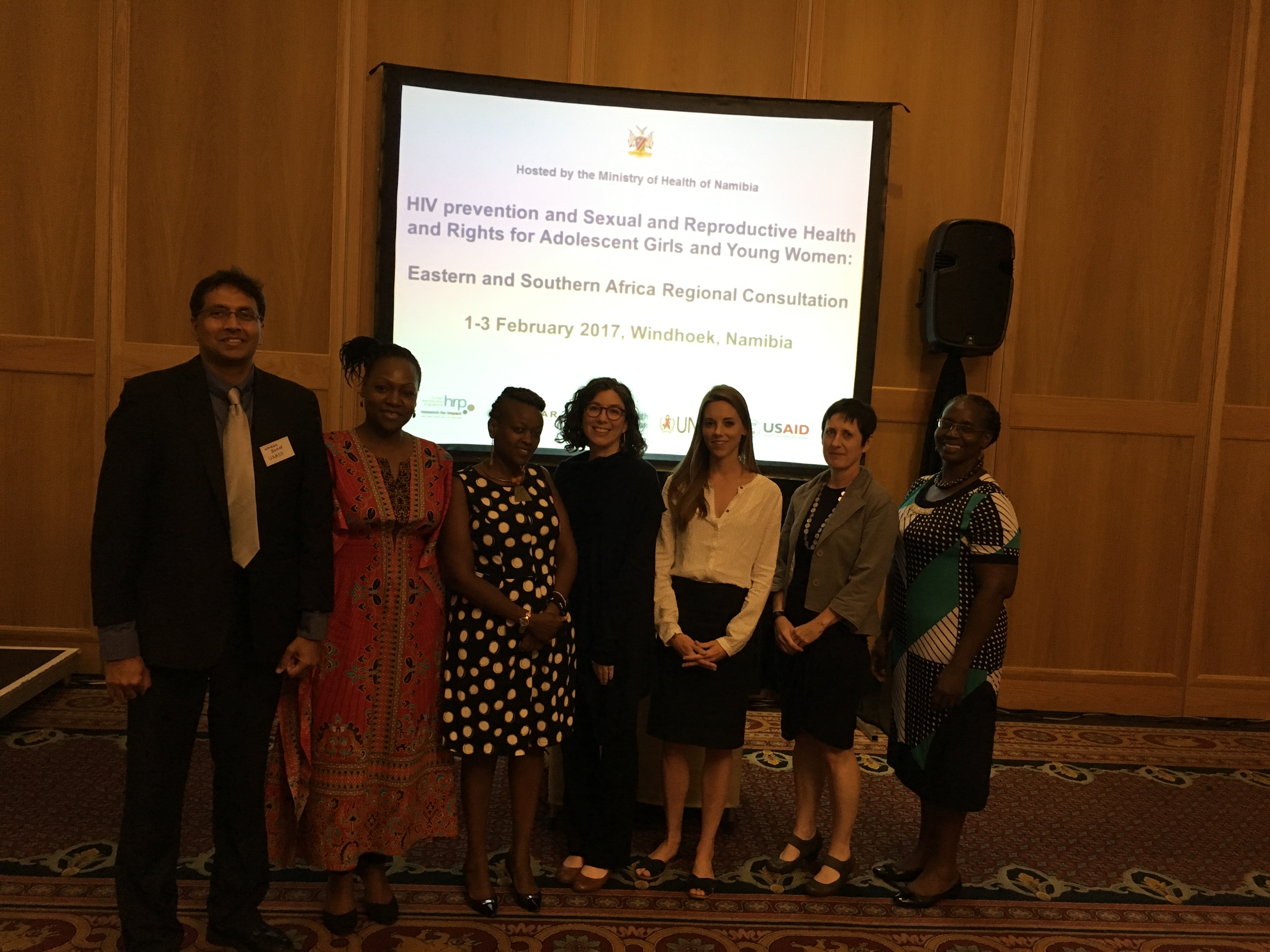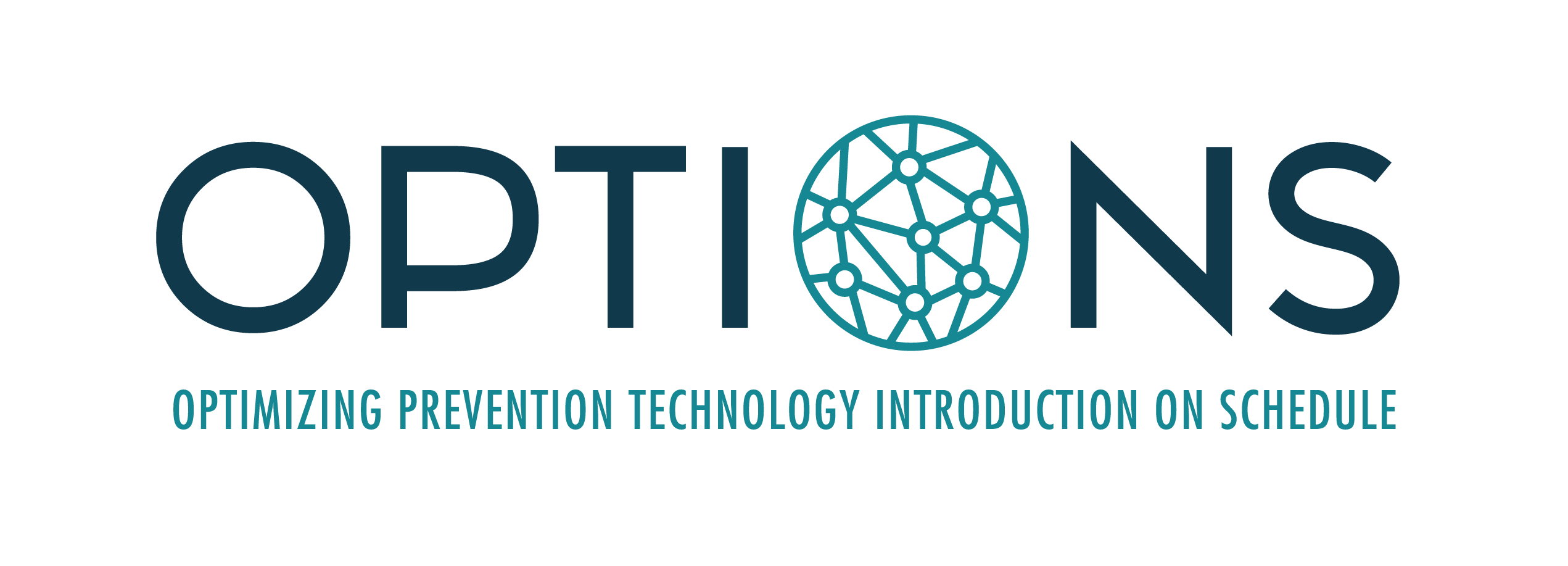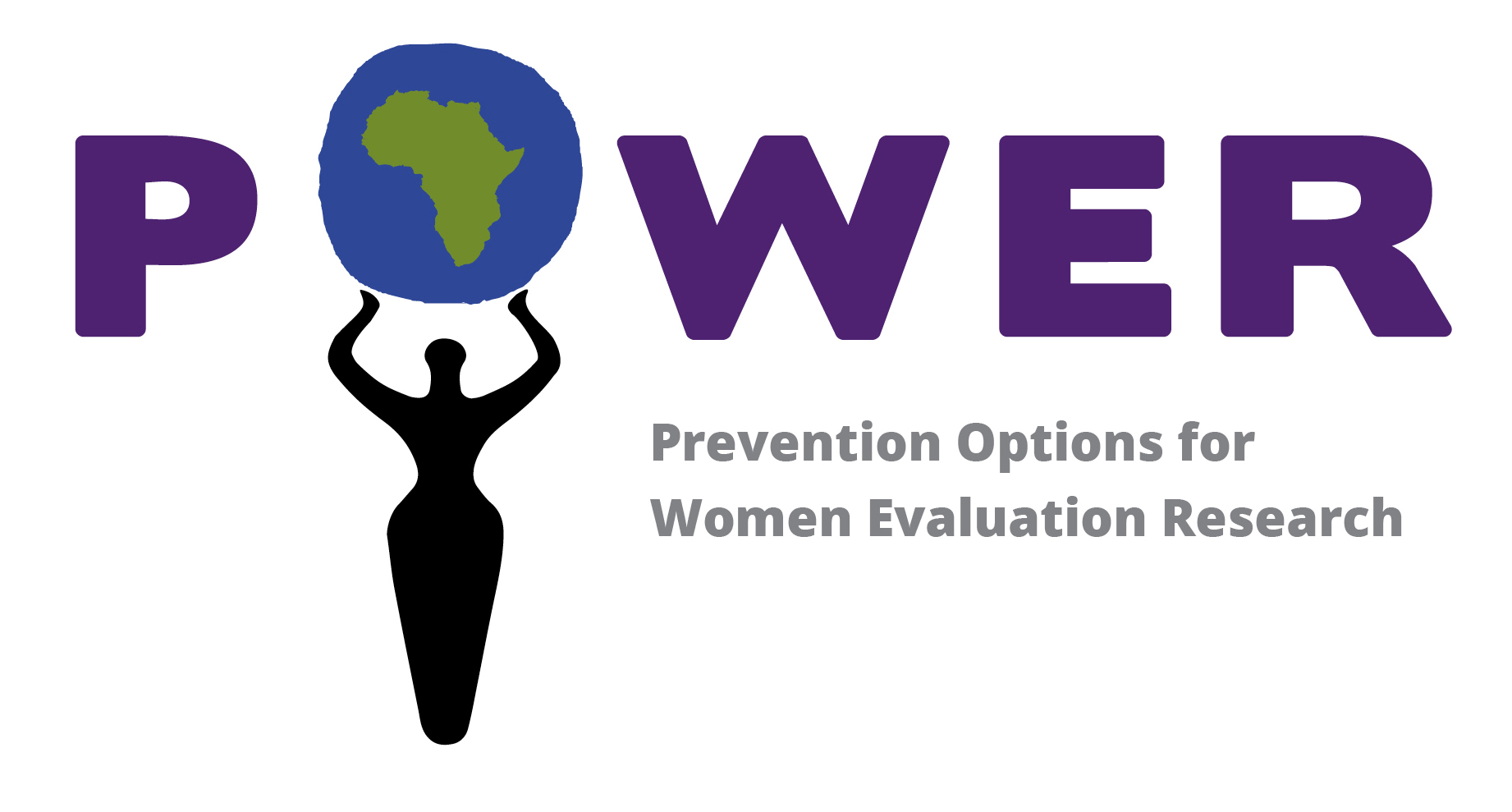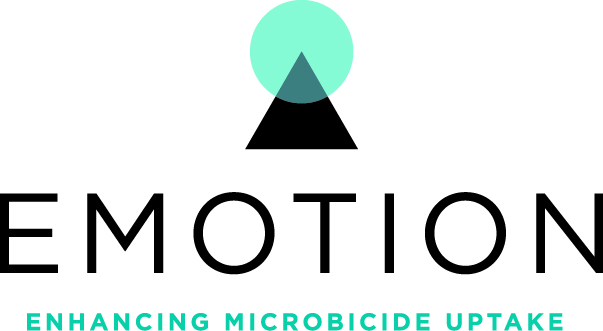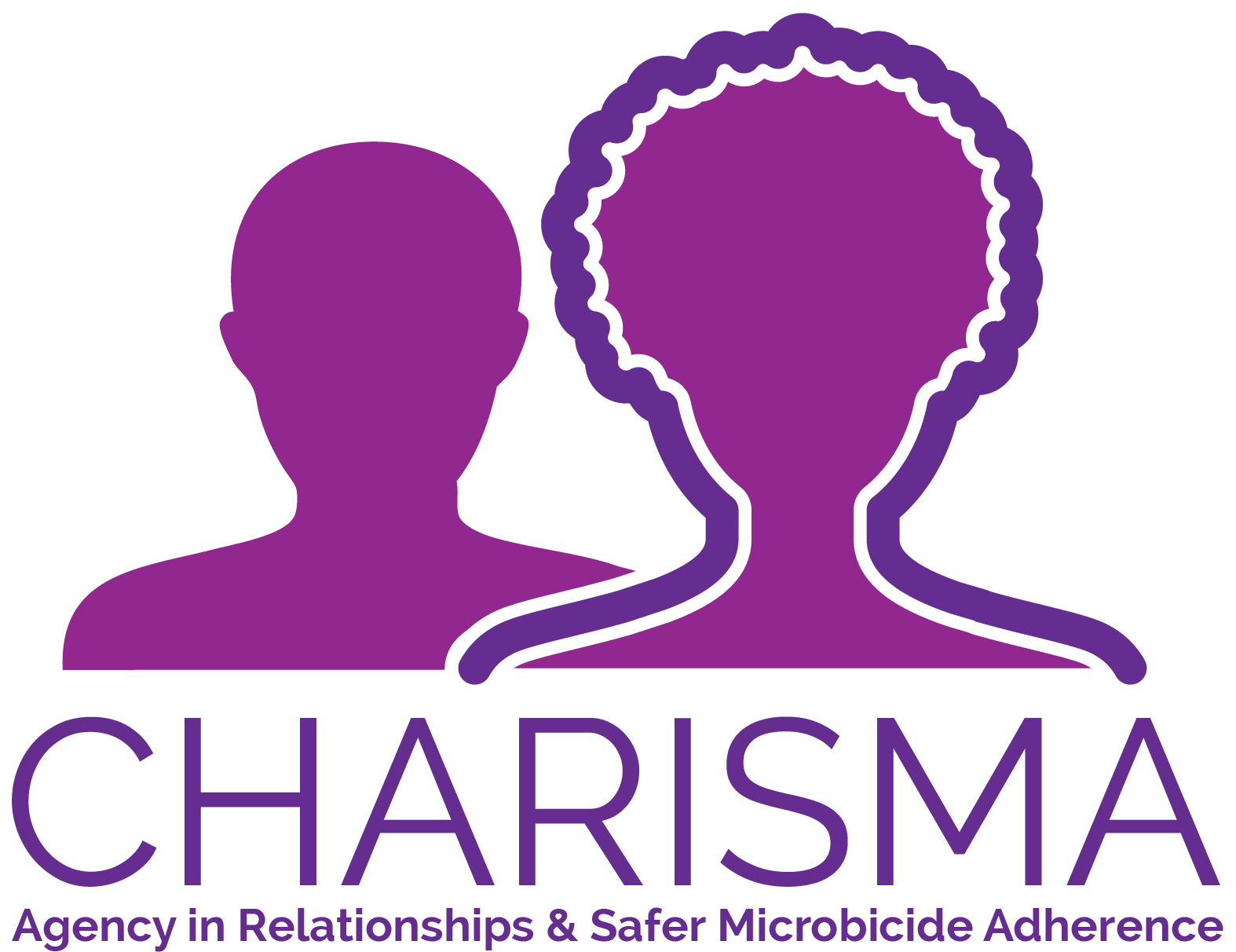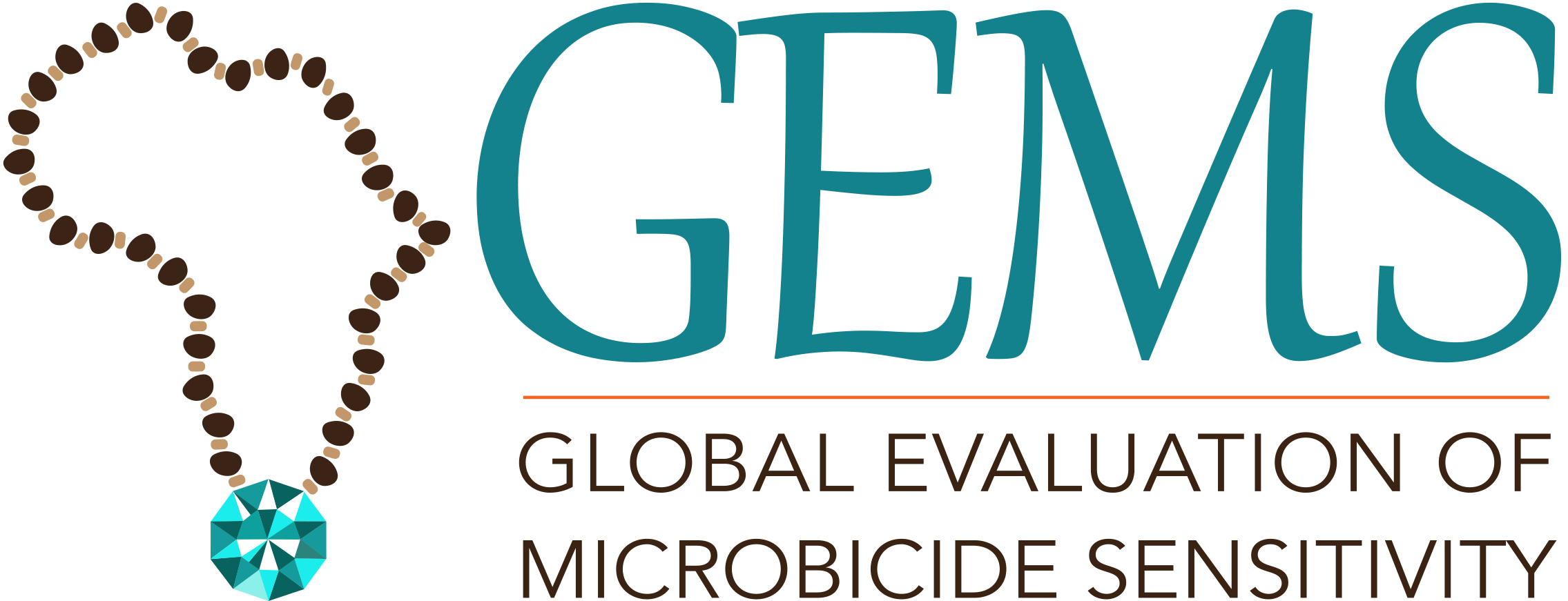The OPTIONS Consortium objective is to develop a streamlined, adaptable product delivery platform for current and future ARV-based HIV prevention options, with a particular focus on women.
Government of Kenya ramps up oral PrEP launch. In January, LVCT Health participated in a technical working group (TWG) workshop to finalize documents and tools for the national oral PrEP launch planned for April 2017, as well as the launch plan to support implementing partners. LVCT Health also provided support to NASCOP with developing a county readiness assessment tool, which will be used by counties to establish what is already available and gaps that need to be filled for successful delivery of oral PrEP. In readiness for the launch, NASCOP has procured oral PrEP, and the PrEP TWG is discussing delivery channels and communications with different stakeholders. In particular, LVCT Health is supporting the adolescent and youth engagement forum on oral PrEP. Additionally, OPTIONS is working closely with the Kenyan TWG and the Jilinde project (Bridge to Scale) to develop the national communications strategy. McCann Global Health completed a communications landscape analysis of end users and key influencers, with input and support from AVAC, LVCT Health, and local stakeholders. It will be made available on PrEPWatch once finalized.
Zimbabwe lays groundwork for oral PrEP rollout. On World AIDS Day, Zimbabwe launched its updated ARV consolidated guidelines, which include oral PrEP. Prior to the launch, guidelines had been disseminated to national, provincial, and district health personnel. Provincial and district level teams expressed mixed feelings about the oral PrEP guidance, with some excited and some concerned about the added burden for health care workers. As part of the guidelines launch, Pangaea developed and distributed an oral PrEP fact sheet and is in the process of revising it based on initial feedback. Once completed, the fact sheet will be disseminated to districts and posted to PrEPWatch. The Zimbabwe MOHCC, together with Pangaea, will develop the oral PrEP implementation plan by June 2017. It will include job aids, as well as consolidation and adaptation of training materials into a national training manual for oral PrEP.
South Africa develops materials for continued oral PrEP rollout. Wits RHI collaborated with the Southern African HIV Clinicians Society and ANOVA to prepare a full training curriculum on oral PrEP for health care providers and all those involved in the provision of oral PrEP through combination HIV prevention services. The training curriculum contains a set of easy-to-use modules that can be modified and adapted to different training and/or country needs. In addition, Wits RHI worked with the NDOH and CHAI to develop job aids and an implementation package for sites that are providing oral PrEP in South Africa. The job aids include a workflow poster on HIV testing and oral PrEP initiation, and counseling job aids, primarily focused on adherence, incorporating the steps and key messages required for engaging with clients interested in oral PrEP, as well as those who have already initiated oral PrEP. The implementation package for partners and providers offers information for providing oral PrEP in the South African context. It includes an easy-to-use toolkit including the national guidelines, facility audit tool, training materials, M&E, and IEC materials, as well as the new job aids. This implementation package will be provided to partners in both print and digital format and will also be available to share via PrEPWatch with other stakeholders and countries that are interested in the South Africa experience.
South Africa offers refresher and new site training for oral PrEP program. Wits RHI and CHAI supported the NDOH in the implementation of a two-day “refresher” and new site oral PrEP training for the current rollout sites and five additional sex worker sites. The training was held on 24-25 January in Johannesburg for more than 100 site clinicians, counselors, and peer educators. The training was a forum for the current sites to share challenges and best practices with the opportunity for specific discussion on clinical management issues with the Southern African HIV Clinicians Society.
Rollout scenario analyses completed for Kenya and Zimbabwe. FSG, in collaboration with LVCT Health and Pangaea, are finalizing the oral PrEP rollout analyses for Kenya and Zimbabwe, which will be available on the MPii Tools & Resources page in early March. The rollout scenarios were created to help support in-country decision making around where to prioritize the delivery of oral PrEP. In Kenya, the initial analysis suggests that rolling out oral PrEP to the counties with the highest incidence would be most cost-effective and that the characteristics of the epidemic determine if a general population rollout, including AGYW, or a targeted rollout would be most beneficial. In Zimbabwe, the initial analysis finds that rolling out oral PrEP to the highest incidence districts would likely have the greatest impact. Using these analyses, FSG will develop a set of templates, which will be shared with other countries via PrEPWatch.
Provider oral PrEP KAP landscape analysis finalized. AVAC carried out a landscape analysis on the knowledge, attitudes, and practiced behaviors around oral PrEP among health care providers. This in-depth analysis and summary report is available on PrEPWatch. OPTIONS country partners are using this analysis to develop provider KAP surveys that address gaps identified and tackle country-specific questions. The protocols for this work are under development and will be implemented in all three OPTIONS countries.
Enhancements made and resources added to PrEPWatch. AVAC hosted a webinar with USAID OHA to receive feedback on the new “How to Scale Up PrEP” section on PrEPWatch. AVAC incorporated feedback from USAID and other OPTIONS partners and will officially launch the new section in the coming weeks. Stay tuned for more!
As part of the build out of PrEPWatch, AVAC created an “End-User Resources” page that includes a collection of materials developed by the Prevention Market Manager project, which is funded by The Bill & Melinda Gates Foundation. More resources and links were added to the sub-section “A Framework for Scaling Up PrEP,” including an interactive PrEP implementation timeline for South Africa under “Creating Policies, Plans, and Budgets.”
Finally, MPii posters and presentations from HIVR4P were added to the MPii Tools & Resources page, as well as full and abbreviated versions of the OPTIONS technical brief, “Addressing Gender to Ensure Effective PrEP Introduction.”
Blogs developed to share oral PrEP introduction experiences. OPTIONS has developed a series of blogs that share experiences and lessons learned from oral PrEP introduction in South Africa, Kenya, and Zimbabwe, and from specific demonstration projects and other implementation studies. These blogs include: insights from national-level planning for oral PrEP introduction in all three countries, lessons from the sex worker rollout in South Africa, and early lessons from demo projects across countries. These blogs may be found on the “News from the Field” PrEPWatch page, which will be launched in March and will continue to grow over the coming years as new insights emerge.

